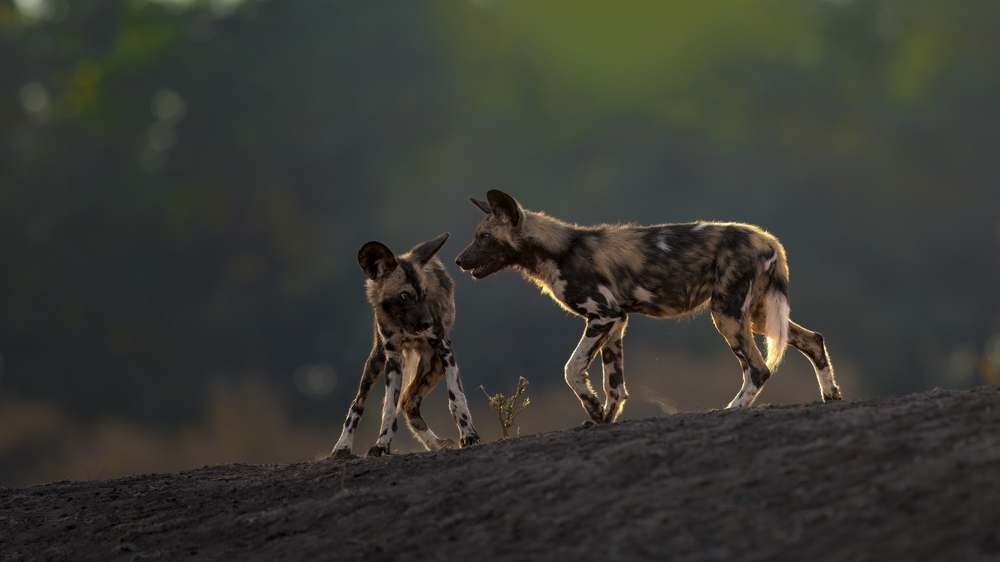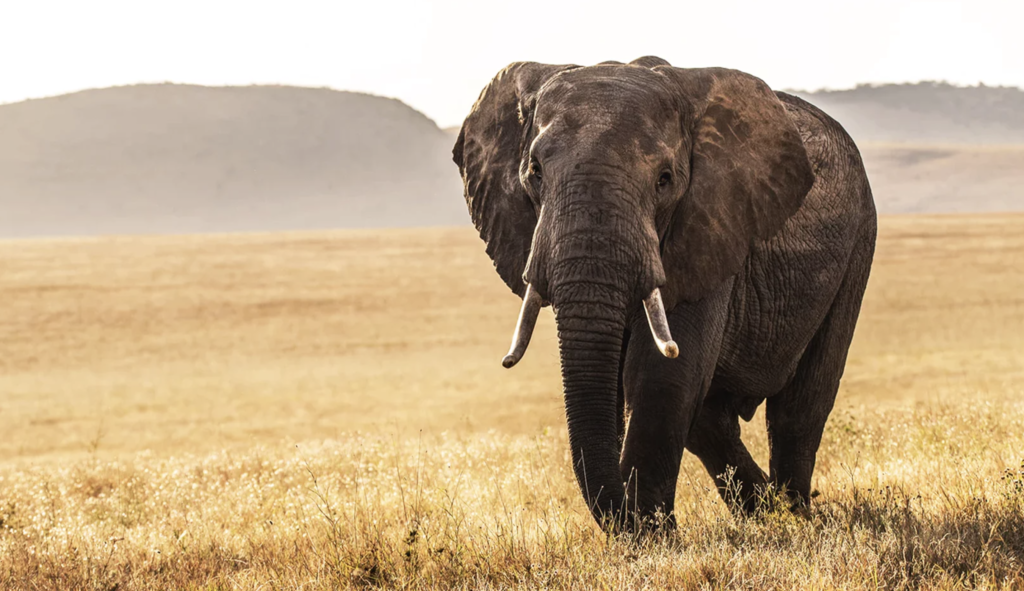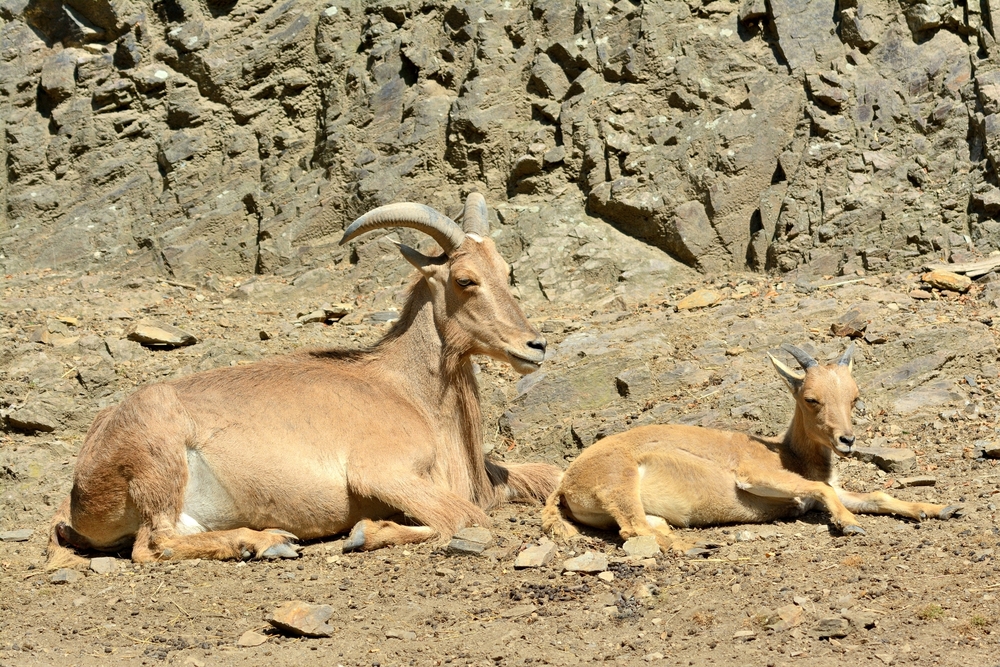Radom Overview
Radom National Park, locally known as “محمية الردوم الطبيعية” (Mahmiyat al-Radom al-Tabi’iyya), is a significant biosphere reserve located in South Darfur, Sudan. Established in 1980, the park covers approximately 12,500 square kilometers, making it one of Sudan’s largest protected areas. Situated near the borders of the Central African Republic and South Sudan, Radom National Park plays a crucial role in regional biodiversity conservation.
The park’s landscape is characterized by a mix of woodlands, shrublands, and savannas, interspersed with several hills and traversed by two main rivers: the Adda and the Umbelasha. These rivers form the park’s northern and southern boundaries, respectively, and contribute to a watershed that separates the Nile and Congo river systems. The diverse habitats within the park support a wide array of flora and fauna, making it a vital refuge for wildlife in the region.
Radom National Park is renowned for its rich biodiversity. It is home to various mammal species, including African elephants, leopards, African wild dogs, chimpanzees, and several antelope species. The park also boasts a diverse avian population, with over 200 bird species recorded, making it a key site for ornithologists. The presence of permanent rivers and seasonal streams enhances the ecological diversity, supporting both terrestrial and aquatic species.
Despite its ecological significance, Radom National Park has faced numerous challenges, particularly due to prolonged conflicts in the region. The impact of war has led to habitat destruction, increased poaching, and the displacement of wildlife. A study highlighted that 87% of wildlife species in the park have disappeared, primarily due to human activities and settlement within the park boundaries. Additionally, activities such as artisanal gold mining have emerged as new threats, further degrading the park’s ecosystems.
In response to these challenges, various conservation efforts have been initiated to restore and protect the park’s biodiversity. Radom National Park was designated as a UNESCO-MAB Biosphere Reserve in 1979, recognizing its global ecological importance and the need for sustainable management. Conservation strategies have focused on anti-poaching measures, habitat restoration, and community engagement to promote sustainable resource use. Collaborative efforts between governmental and non-governmental organizations aim to enhance the park’s management and mitigate the adverse effects of human activities.
Visitors to Radom National Park can experience its unique landscapes and wildlife, although access may be challenging due to the region’s instability. The park’s diverse habitats offer opportunities for wildlife observation, bird watching, and ecological studies. However, potential visitors are advised to consult with local authorities and conservation organizations to ensure safety and adherence to conservation guidelines.
In summary, Radom National Park stands as a testament to Sudan’s natural heritage, encompassing diverse ecosystems and a wealth of biodiversity. While it has faced significant challenges due to conflict and human activities, ongoing conservation efforts strive to preserve its ecological integrity for future generations. The park’s designation as a biosphere reserve underscores its importance and the collective responsibility to safeguard its natural resources.












































































